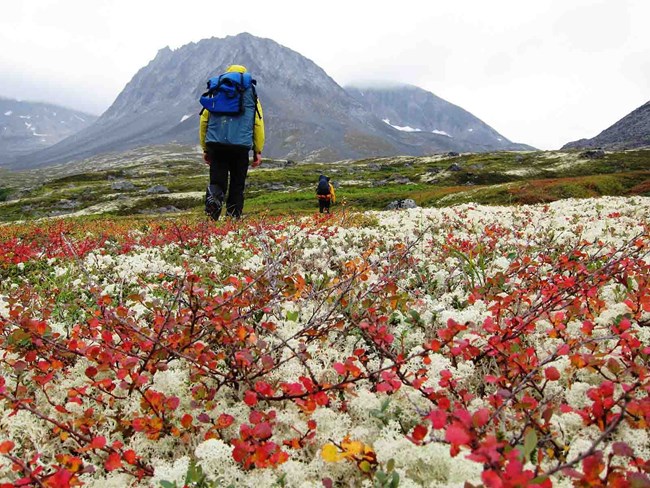
NPS/B. Bracken
Human activities were identified as an important agent of change in Southwest Alaska ecosystems. Recreational use by visitors and guides presents two resource protection issues in the parks: (1) direct impacts to physical resources, plants, and animals from actions such as vehicle use and camping, and (2) indirect impacts such as disturbance or displacement of wildlife from actions such as aircraft over-flights. Park management was also interested to know when and where people were visiting the park. Together, this information can help park managers minimize impacts to the parks and maintain high-quality experiences for visitors.
Visitor use counts are provided by commercial use permit holders--those companies that provide air taxi, guide, or boat services to and within Alaska parks--who track and report on how many people they serve, where in the parks they go, and dates of operations. These activity reports provide a low-cost means of understanding visitor use (and estimating the potential impacts to park resources).
The goals of the monitoring are:
-
Document the number of visitors in parks monthly and annually, as recorded by commercial use activity reports.
-
Document visitor use days monthly or annually in specified areas of the parks as recorded by the commercial use activity reports.
Learn more about visitor use
Last updated: December 8, 2025
